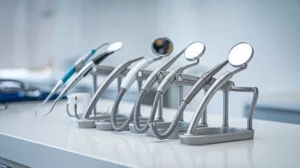
How to Choose the Best Dental Mouth Mirror for Oral Care
Picking the right dental mouth mirror might seem like a small task, but it’s actually pretty important for keeping your teeth and gums healthy. With so many options out there,
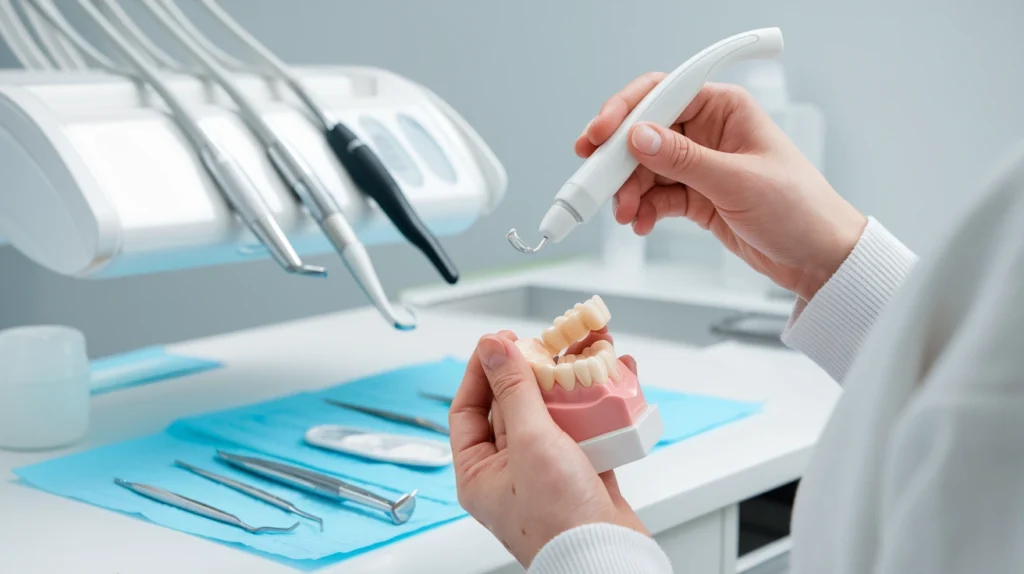
Ever wondered how dentists manage to fill cavities so precisely? The secret often lies in a simple tool called the amalgam carrier. This handy device is a staple in dental practices, especially when dealing with amalgam fillings. It helps transport and place the amalgam into the cavity, making the whole process smoother and more efficient. Despite the rise of new materials, amalgam carriers remain crucial due to their reliability and ease of use. Let’s explore what makes these tools so essential in modern dentistry.
Amalgam carriers are like the unsung heroes in dentistry. They’re those nifty tools that help dentists transport and place amalgam into tooth cavities. This might sound simple, but it’s actually a big deal in dental procedures. Without these carriers, getting the amalgam into the right spot would be a real hassle. They ensure the material is placed precisely, which is crucial for the success of the restoration.
In restorative dentistry, amalgam carriers are essential. They help restore the function and integrity of a tooth that’s been damaged by decay or trauma. The carriers make sure the amalgam is packed tightly into the cavity, reducing any gaps that could make the filling fail. They’re especially handy when dealing with cavities in tricky spots.
While amalgam has been around for ages, there are other materials out there, like composites and ceramics. However, amalgam is still favored for its durability and cost-effectiveness. Composites might look nicer since they match the tooth color, but amalgam is tough and lasts longer in many cases. Each material has its pros and cons, and the choice often depends on the specific needs of the patient and the dentist’s preference.
Amalgam carriers may not be flashy, but they’re key players in making sure dental procedures go smoothly. Understanding how they work can really help in appreciating the intricacies of dental restorations.
Amalgam carriers boast a clever design that enhances their functionality in dental procedures. Most carriers are dual-ended, providing flexibility by offering different sizes to match various cavity dimensions. This duality allows dentists to choose the appropriate end for precise amalgam placement. The lever or plunger mechanism integrated into these tools is another standout feature, enabling efficient release of amalgam into the cavity with minimal waste. Dentists appreciate the ease of use, as it helps maintain control and accuracy during procedures.
Typically crafted from stainless steel, amalgam carriers are built to withstand the rigors of dental environments. This material choice ensures durability and resistance to corrosion, making these tools a long-lasting addition to any dental toolkit. The robustness of stainless steel not only guarantees longevity but also maintains the sterility required in dental practices, ensuring safe and effective operations.
Recent advancements in carrier technology have focused on improving user comfort and efficiency. Modern carriers may feature ergonomic designs that reduce hand fatigue during lengthy procedures. Additionally, some innovations include anti-stick coatings to prevent amalgam from adhering to the tool, further enhancing the precision and cleanliness of the process. As technology continues to evolve, these carriers are likely to incorporate more features aimed at optimizing dental procedures and patient outcomes.
Amalgam carriers are more than just tools; they’re a bridge between the dentist’s skill and the patient’s need for precise dental care. Their design and material composition reflect the ongoing commitment to improving dental practices.
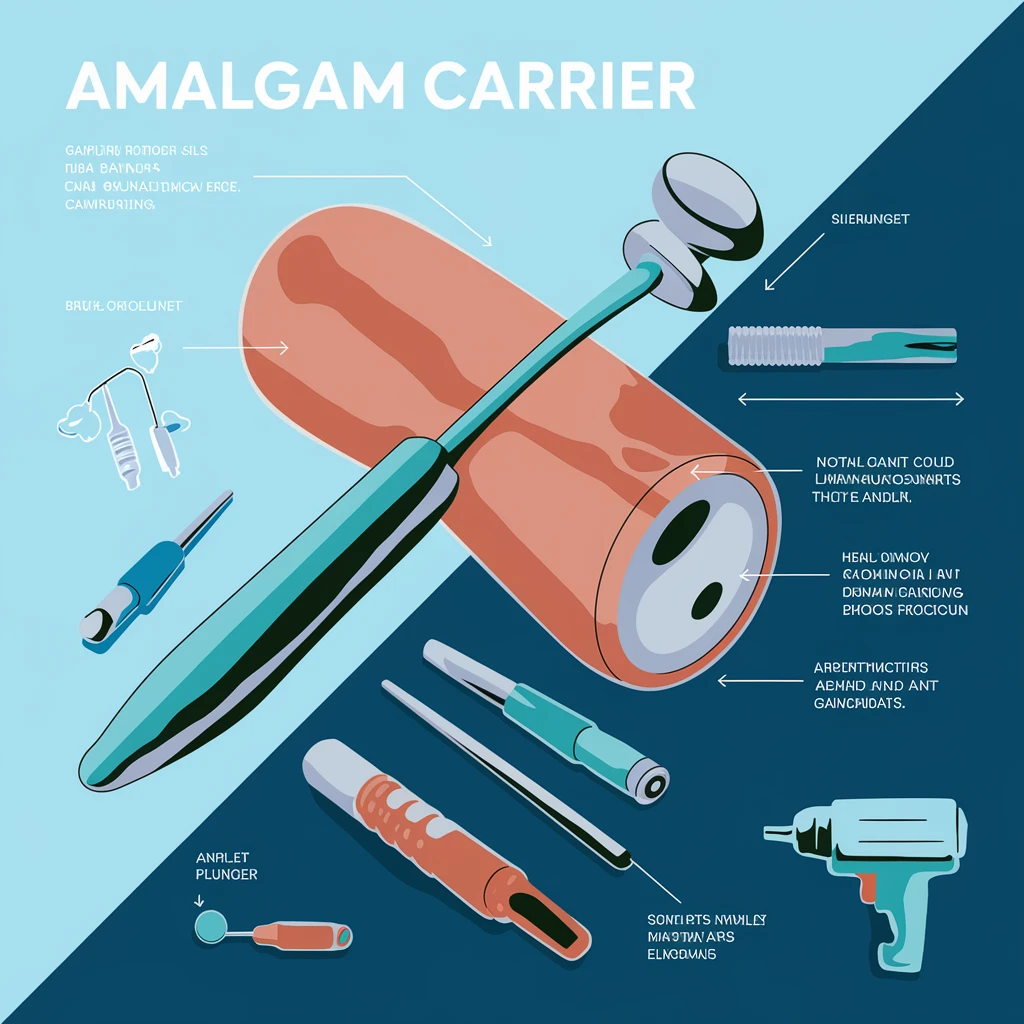
Amalgam carriers are the unsung heroes in dentistry, making the whole process smoother and quicker. They save a ton of time by swiftly transporting amalgam from the mixing area to the cavity. This speed is crucial in dental procedures, where every second counts. By ensuring the amalgam is delivered directly and efficiently, these carriers help dentists focus on the task without unnecessary delays.
When it comes to placing amalgam, precision is key. These carriers allow for exact placement, reducing the chance of waste and ensuring the material goes exactly where it needs to. This accuracy not only enhances the quality of the dental restoration but also minimizes the risk of errors. Dentists appreciate the control these tools provide, making them indispensable in achieving successful outcomes.
Despite their critical role, amalgam carriers are surprisingly cost-effective. They’re designed to be durable and reusable, which means fewer replacements and repairs over time. This longevity translates into savings for dental practices. Investing in quality carriers is a smart move, as their reliability ensures consistent performance, reducing overall costs in the long run.
In the fast-paced world of dentistry, amalgam carriers stand out as essential tools that blend efficiency, precision, and cost-effectiveness, making them a staple in modern dental practices.
Amalgam carriers are like the unsung heroes in restorative dentistry. They help dentists fill cavities with precision, ensuring the amalgam is delivered just right. Without them, placing amalgam would be a messy affair. These carriers scoop the amalgam from the mixing area and place it into the cavity, making sure every nook and cranny is filled. It’s especially handy when dealing with larger cavities or those tricky spots that are hard to reach.
In pediatric dentistry, amalgam carriers are crucial too. Kids can be a handful at the dentist, so having a tool that allows for quick and precise work is a lifesaver. The carriers make it possible to fill cavities efficiently, minimizing the time kids have to spend in the chair. Plus, the design of these carriers helps ensure that the right amount of amalgam is placed without overdoing it, which is important for those smaller mouths.
Amalgam carriers aren’t just a one-trick pony. They’re adaptable to many dental procedures beyond just filling cavities. Dentists use them in procedures that involve composite materials as well. The carriers’ design allows for flexibility, making them suitable for different types of dental work. They support precision and control, which is key in any dental procedure. This adaptability makes them a staple in dental practices, ensuring dentists have the right tool for the job, no matter what that job might be.
Amalgam carriers might not be flashy, but they’re indispensable in dental practices. Their ability to deliver amalgam efficiently and accurately makes them a vital tool in ensuring successful dental restorations.
Keeping your amalgam carrier in good shape starts with a proper cleaning routine. After each use, make sure to scrub it down with a soft brush and soapy water. Leftover residue can harden, making it tough to remove later. Once clean, sterilize the carrier, ideally using an autoclave. This method is super effective for getting rid of all the nasty bacteria and viruses. Just remember to dry it thoroughly before popping it in the autoclave to avoid rust.
To keep your amalgam carrier working smoothly, regular checks are a must. Inspect it for any signs of wear and tear—like cracks or bends—that might mess with its performance. If you spot any damage, replace the worn-out parts. Also, a dab of medical-grade lubricant on the moving bits can do wonders, helping prevent any sticking or jamming.
Sometimes, even with the best care, things can go wrong. If your amalgam sticks to the carrier, make sure it’s clean and dry before use. You might need to tap it lightly to release any stuck bits. Proper storage is key too. After cleaning and sterilizing, store your carrier in a cool, dry place—away from direct sunlight or high humidity—to keep corrosion at bay.
A well-maintained amalgam carrier not only lasts longer but also ensures every dental procedure runs smoothly. Reliable tools make for efficient work, saving time and hassle in the long run.
By following these steps, you can keep your amalgam carriers in excellent condition, ready for any dental procedure. For more on the importance of regular maintenance, check out our guide.
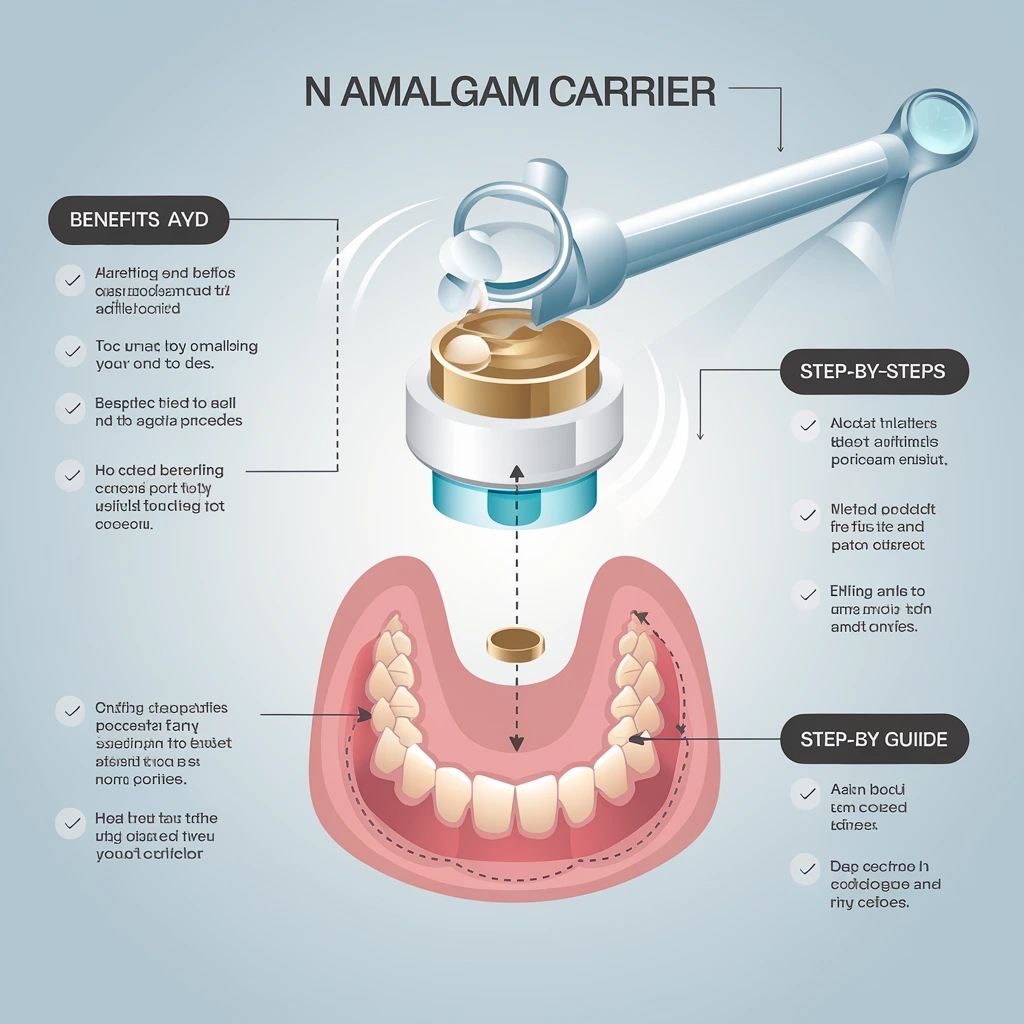
The future of amalgam carrier materials looks promising with ongoing advancements in material science. Researchers are exploring new alloys and composites that not only enhance durability but also reduce the environmental impact. Innovations like bonded amalgams and gallium alloys are being considered as alternatives to traditional materials, offering improved strength and biocompatibility. These developments aim to address the growing demand for safer and more sustainable dental solutions.
As the dental industry moves towards more eco-friendly practices, the environmental impact of amalgam carriers is under scrutiny. Efforts are being made to minimize waste and reduce the carbon footprint associated with dental procedures. This includes developing materials that are easier to recycle and dispose of safely. The shift towards environmentally conscious practices reflects a broader trend in healthcare to balance clinical effectiveness with sustainability.
Dental technology is evolving rapidly, and amalgam carriers are no exception. The integration of digital tools and smart technologies is transforming how dentists work with amalgam. For instance, some carriers are now being designed with sensors that provide real-time feedback on material placement and pressure. These innovations not only enhance precision but also improve the overall efficiency of dental procedures, ensuring better outcomes for patients. As these trends continue, amalgam carriers will likely become even more integral to modern dental practices, adapting to the needs of both practitioners and patients alike.
The evolution of amalgam carrier materials is not just about keeping pace with technological advancements; it’s about redefining the standards of dental care. As we embrace these changes, we can look forward to a future where dental procedures are more efficient, sustainable, and patient-friendly.
For more information on the recent advancements in dental amalgam technology, including bonded amalgams and gallium alloys, explore the latest research and innovations in this field.
Working with amalgam carrier materials can sometimes be tricky. These tools require precise handling to ensure the amalgam is delivered exactly where it needs to be. If not handled properly, there’s a risk of spillage or improper placement, which can affect the quality of the dental restoration. Dentists often need to balance between speed and precision, which isn’t always easy.
There are some health concerns linked to the use of amalgam, primarily because it contains mercury. While the levels used in dental procedures are generally considered safe, there’s ongoing debate about long-term exposure. Dentists must take precautions to minimize any risks, including proper ventilation and using protective equipment during procedures.
Regulatory bodies are increasingly scrutinizing the use of amalgam due to environmental concerns. Mercury, a component of amalgam, poses a significant environmental risk if not disposed of properly. Many countries are tightening regulations around its use and disposal, pushing for more eco-friendly alternatives. Dentists need to stay updated on these regulations to ensure compliance.
Balancing the benefits of amalgam with these challenges requires careful consideration and adaptation to new standards and practices. As the dental industry evolves, so too must the tools and materials used by professionals.
So, after diving into the world of amalgam carriers, it’s pretty clear these little tools are a big deal in dentistry. They might not be flashy, but they sure get the job done. Whether it’s about making sure that silver stuff gets exactly where it needs to go or just keeping things neat and tidy, amalgam carriers are the unsung heroes in the dental world. Sure, there’s a lot of talk about new materials and techniques, but these carriers have proven their worth time and again. They help dentists work faster and more precisely, which is a win for everyone involved. As dental tech keeps evolving, it’s nice to know that some things, like the trusty amalgam carrier, are here to stay. So, whether you’re a dentist or just someone curious about how things work, it’s worth appreciating these handy tools for the role they play in keeping our smiles healthy.
An amalgam carrier is a dental tool used to carry and place amalgam into a tooth cavity during dental procedures.
To use an amalgam carrier, you fill it with amalgam and then carefully place the amalgam into the prepared tooth cavity. You press the lever to release the amalgam where needed.
There are single-ended and double-ended amalgam carriers. Single-ended carriers have one working end, while double-ended carriers have two ends for different sizes of amalgam.
Maintaining amalgam carriers ensures they remain clean and functional, preventing contamination and ensuring precise placement of amalgam.
Amalgam carriers are specifically designed for amalgam, but some may be adaptable for other dental materials if needed.
If amalgam sticks to the carrier, ensure the tool is clean and dry before use. You can also lightly tap the carrier to release any stuck amalgam.

Picking the right dental mouth mirror might seem like a small task, but it’s actually pretty important for keeping your teeth and gums healthy. With so many options out there,

Dental mirrors have come a long way. From simple reflective tools to sophisticated gadgets, they play a key role in modern dentistry. With constant innovation in dental mirrors, these aren’t
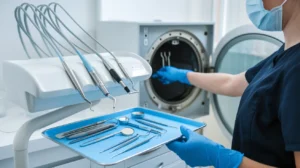
Hey there, dental pros! Today, we’re diving into something super important but often overlooked—how to properly mouth mirror sterilization. If you’re in the dental field, you know these little tools
At The Surgical Kit, we are committed to providing healthcare professionals with the finest tools to ensure precision and safety in every procedure.